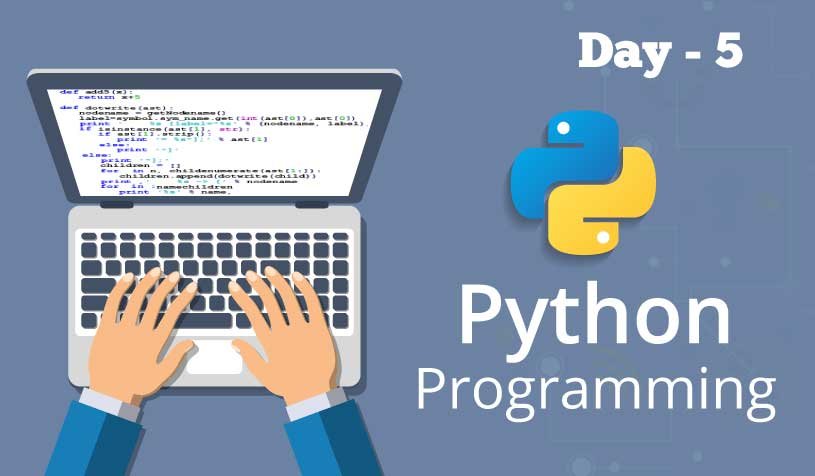String Formatting
Python uses C-style string formatting to create new, formatted strings. The “%” operator is used to format a set of variables enclosed in a “tuple” (a fixed-size list), together with a format string, which contains normal text together with “argument specifiers”, special symbols like “%s” and “%d”.
Let’s say you have a variable called “name” with your user name in it, and you would then like to print(out a greeting to that user.)
# This prints out "Hello, John!"
name = "John"
print("Hello, %s!" % name)
To use two or more argument specifiers, use a tuple (parentheses):
# This prints out "John is 23 years old."
name = "John"
age = 23
print("%s is %d years old." % (name, age))
Any object which is not a string can be formatted using the %s operator as well. The string which returns from the “repr” method of that object is formatted as the string. For example:
# This prints out: A list: [1, 2, 3]
mylist = [1,2,3]
print("A list: %s" % mylist)
Here are some basic argument specifiers you should know:
%s - String (or any object with a string representation, like numbers)
%d - Integers
%f - Floating point numbers
%.<number of digits>f - Floating point numbers with a fixed amount of digits to the right of the dot.
%x/%X - Integers in hex representation (lowercase/uppercase)
Exercise
You will need to write a format string which prints out the data using the following syntax:
Hello John Doe. Your current balance is $53.44.
Please use the online code editor below for check your code, if you find any problem or need solution please comment below
